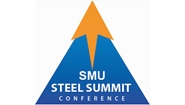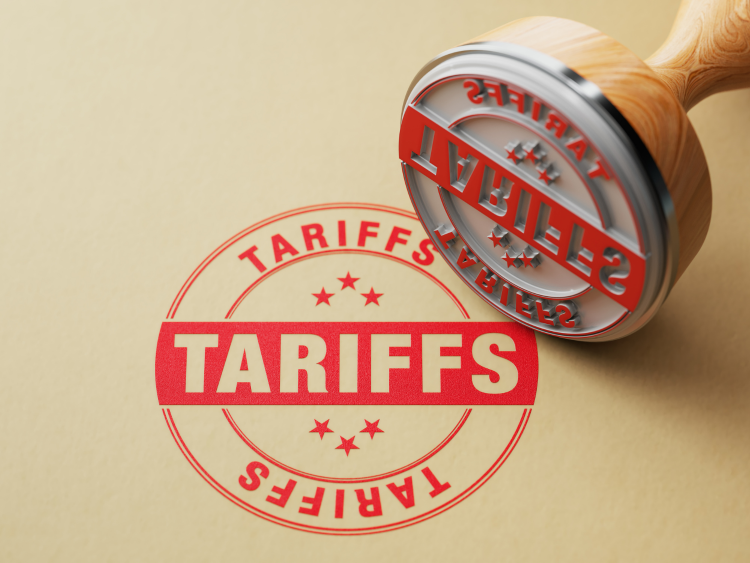Steel Products

SMU Steel Summit: Global Perspectives on Pandemic
Written by Sandy Williams
August 24, 2020
The SMU Steel Summit 2020 was off to a strong start on Day 1 covering a wide variety of topics from new capacity to international trade. SMU President John Packard officially opened the conference on Monday leading a panel discussion about the steel industry in Mexico, the Middle East, Turkey and China.
Ternium CEO Maximo Vedoya said the steel industry is improving in Mexico, but not back to pre-COVID levels. Construction was completely shut down in Mexico and private construction continues to be weak. Stringent lockdowns in Columbia and Argentina severely curtailed steel consumption, but Brazil, with looser pandemic measures, was not nearly as affected. USMCA is great news for steel companies in North America, said Vedoya, and will give customers more choice for sourcing steel. Possible new Section 232 tariffs on Mexican steel and aluminum “make no sense,” said Vedoya, adding that Mexican steel is not subsidized, traded unfairly or a threat to U.S. national security. “I think it hurts the U.S. mills more than Mexican mills.”
Jose Gasca, managing director at Metrading International AG, said the pandemic hit Turkish and Middle Eastern mills hard. China, the first to experience COVID-19 and the first to recover, is one of the few countries to increase capacity in the last six months during a period when other countries have reduced production and idled mills. China is “the driver of the bus,” taking the international market wherever it wants to go, said Gasca. Strong pandemic measures followed by government stimulus and infrastructure spending have spurred robust steel demand in China.
John Johnson, CEO of CRU China, added that steel exports from China fell during 2020, and China became a net importer of steel in June as demand outpaced domestic production. COVID-19 hit during the Chinese New Year, a traditionally slow period in China, with demand falling 14 percent in the first quarter compared to Q4 2019, but it bounced back in Q2.
China’s new five-year plan, due to start in 2021, will focus on a dual circulation economy, decoupling and decarbonization, said Johnson. For the Chinese steel industry, dual circulation will focus on domestic demand and implications for steel; decoupling will shift focus on “supply chain chokepoints” like iron ore and may become more regional; and decarbonization will support supply side reform, the rise of EAFs, and a focus on reducing CO2 and greenhouse gas emissions.
Will trade policy change following the U.S. election? Not likely, agreed the panelists. U.S. trade policy is expected to continue to be “quite protectionist.”
(Note: Conference attendees may access a recording of the panel discussion on the agenda section of the Steel Summit platform)

Sandy Williams
Read more from Sandy WilliamsLatest in Steel Products

CRU: US stainless prices to rise on expanded S232 tariffs
Stainless prices in the US market will rise, following price increases by major US producers. Our base case scenario incorporates higher US prices in the near term, despite the initial negative reaction by the market. US stainless prices will go up in 2025 H2 and will stay elevated in 2026 as tariffs on stainless […]

Galvanized steel demand unsteady amid lingering buyer fatigue: HARDI
Uneven demand for galvanized steel in June reflects a market that remains mired in uncertainty, according to industry sources.

OCTG industry salutes Customs for catching trade crooks
The US OCTG Manufacturers Association is commending US Customs for intercepting another Thai company's attempt to illegally transship Chinese oil pipe to the US.

Whirlpool says tariffs will bolster business
“Economically, the business case for products made in the us has become a lot more attractive," the CEO told Fox Business.

Worthington Enterprises buys Elgen Manufacturing
Worthington Enterprises acquires HVAC products maker Elgen Manufacturing.
